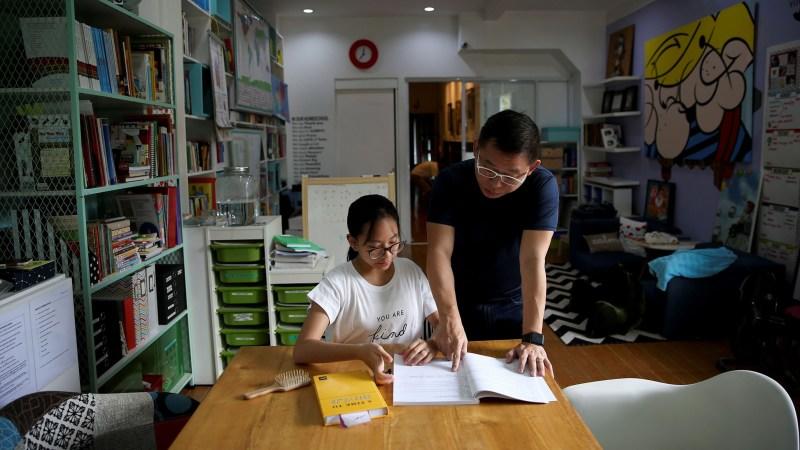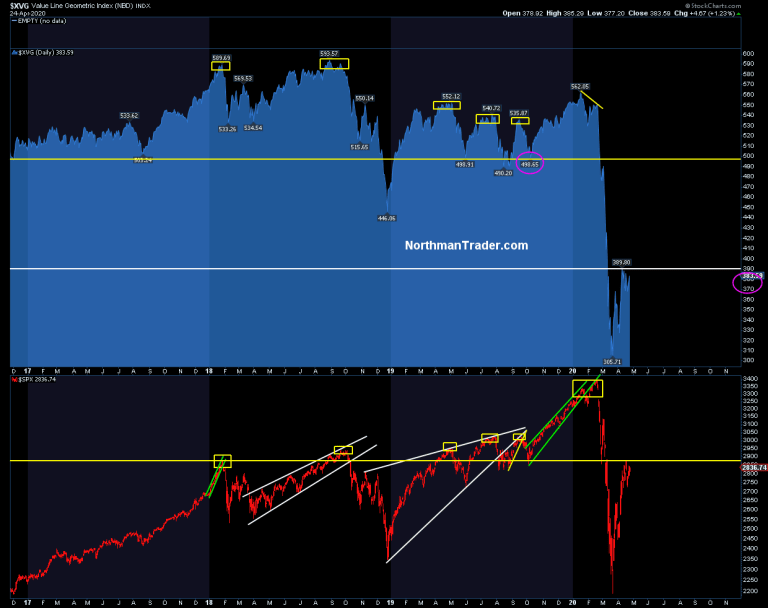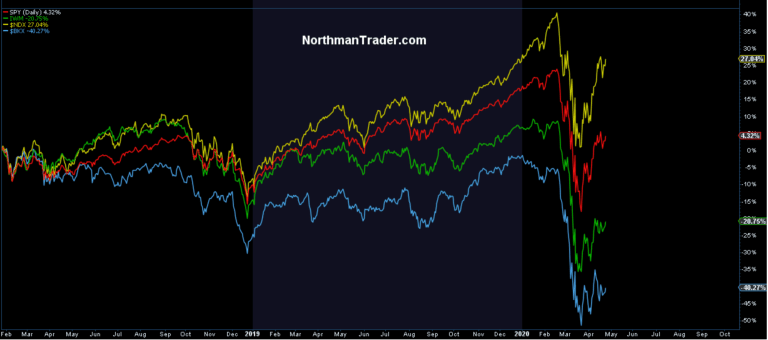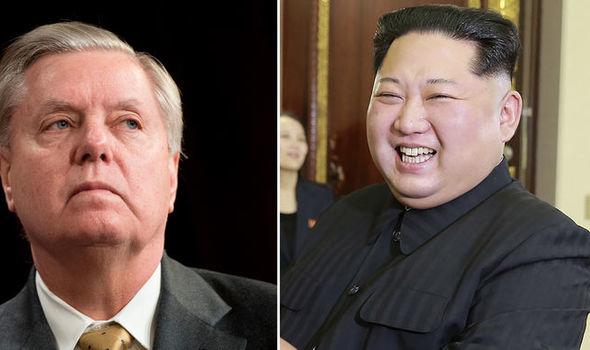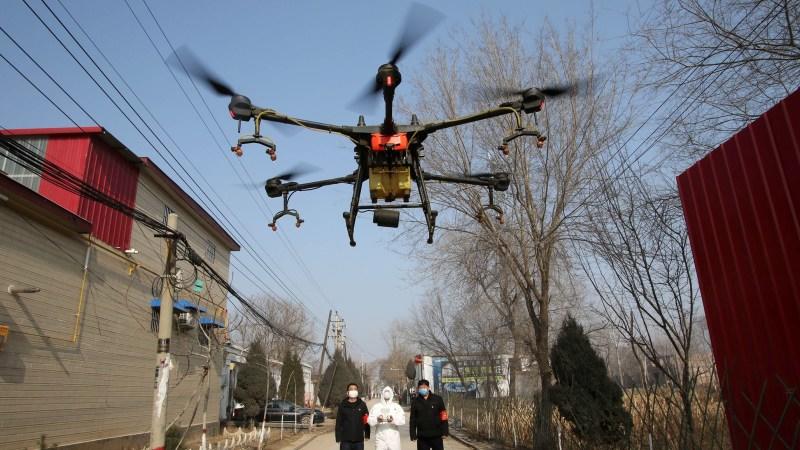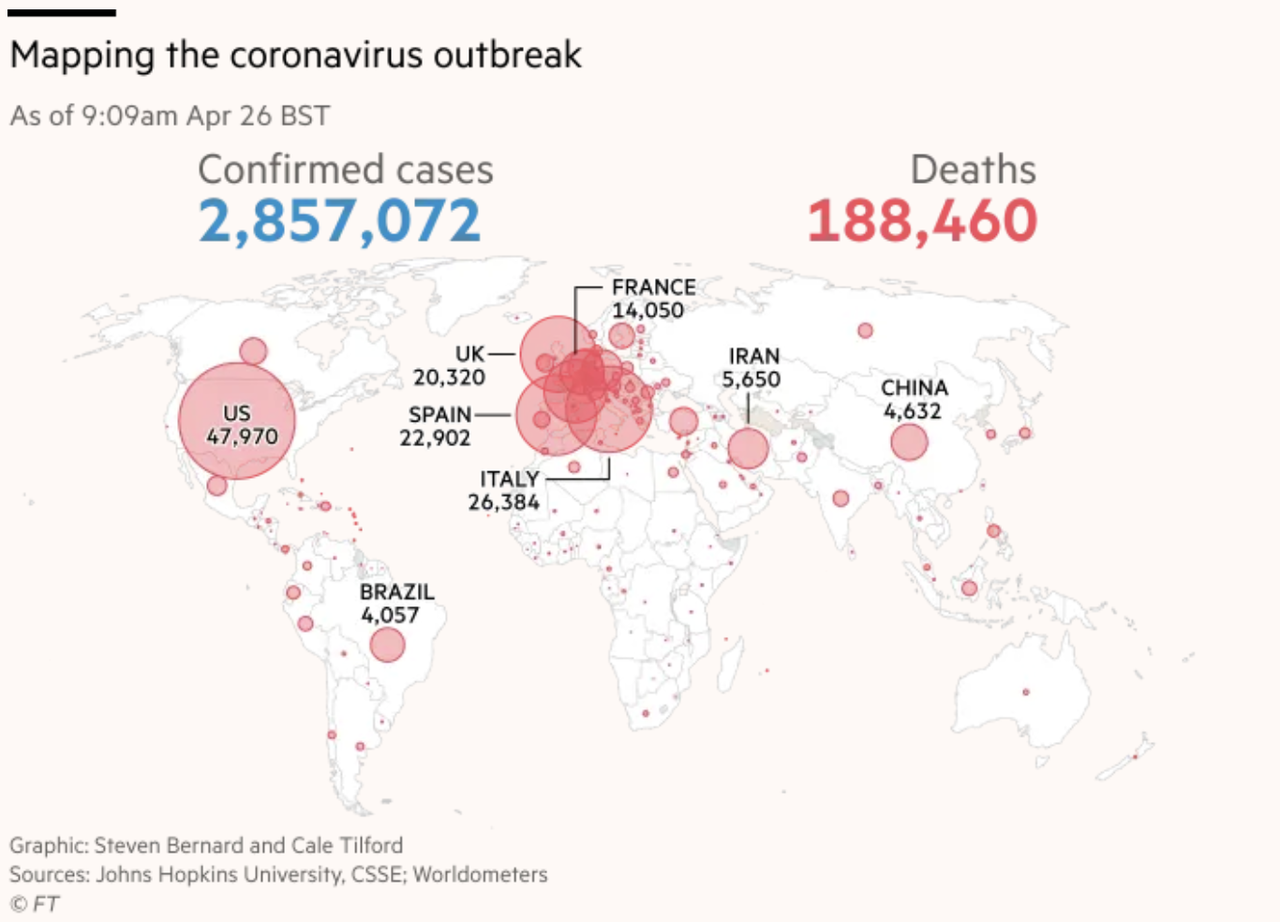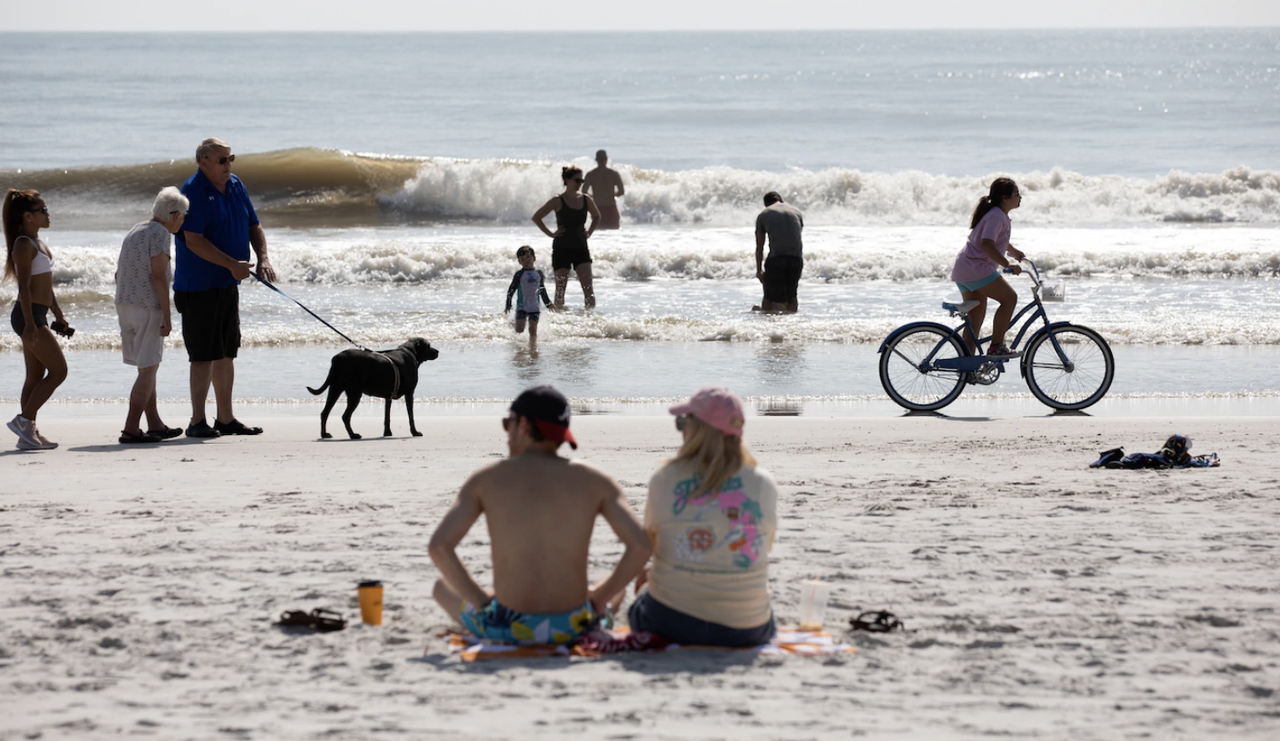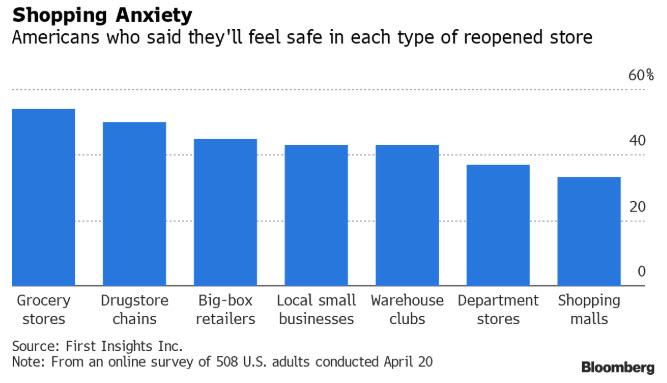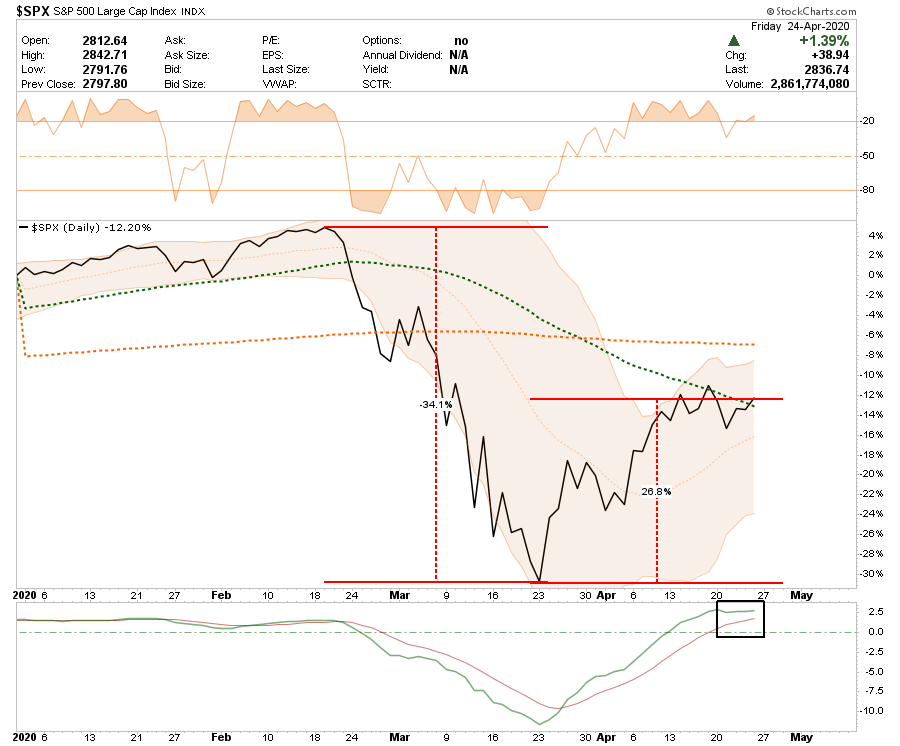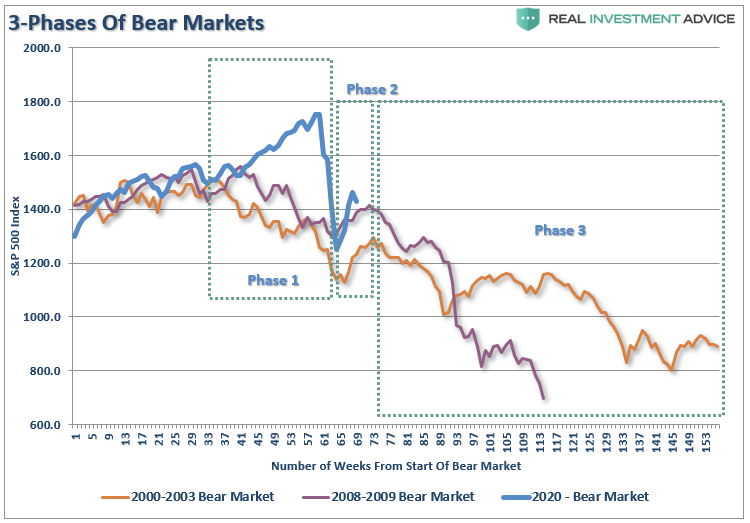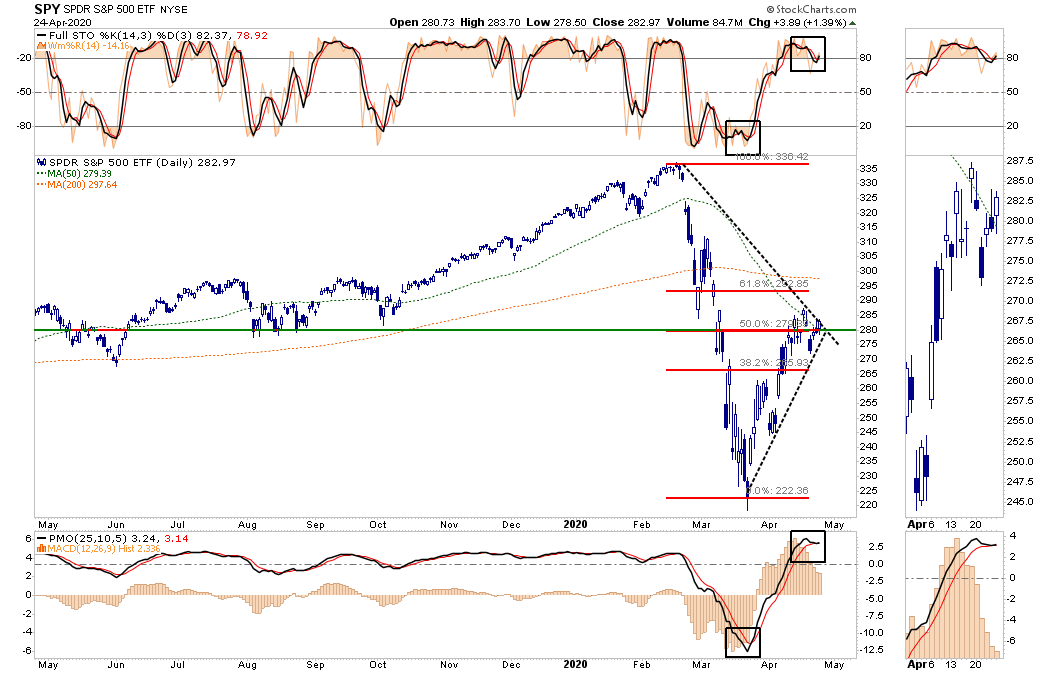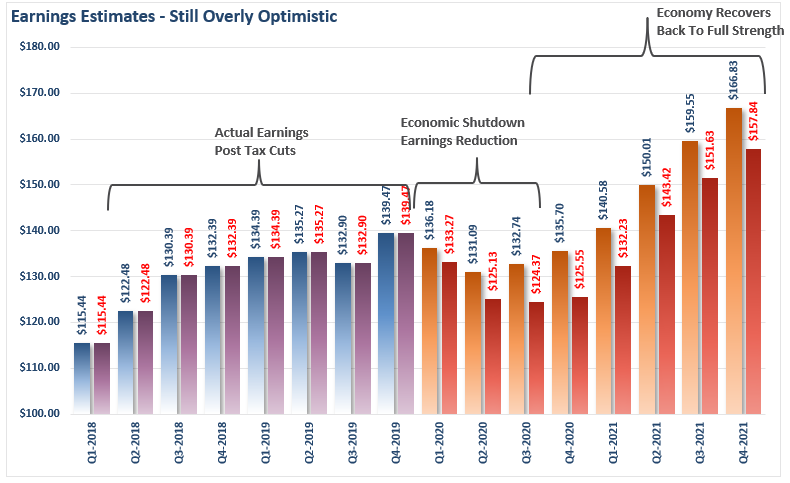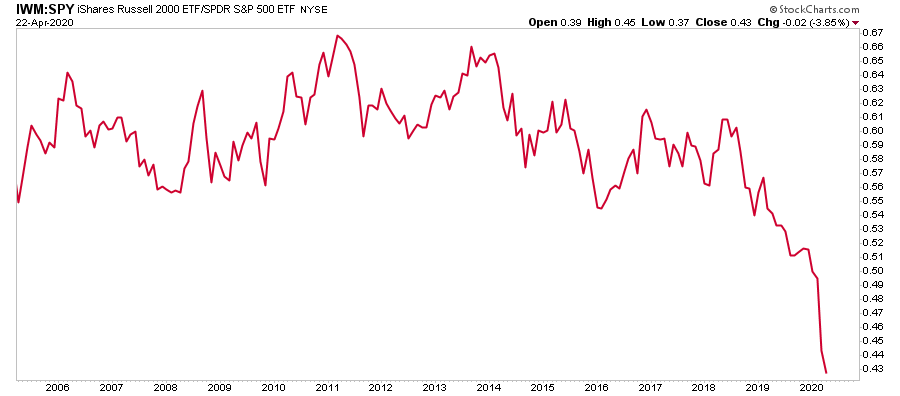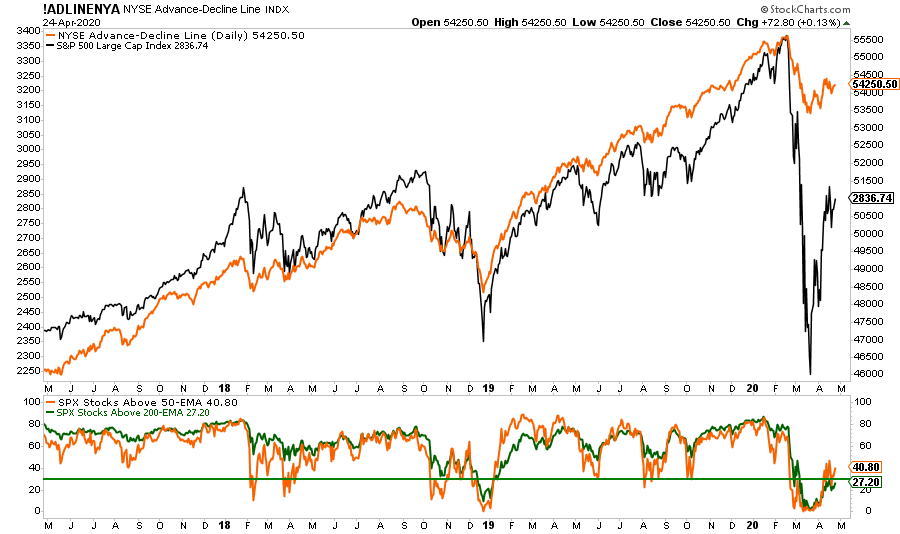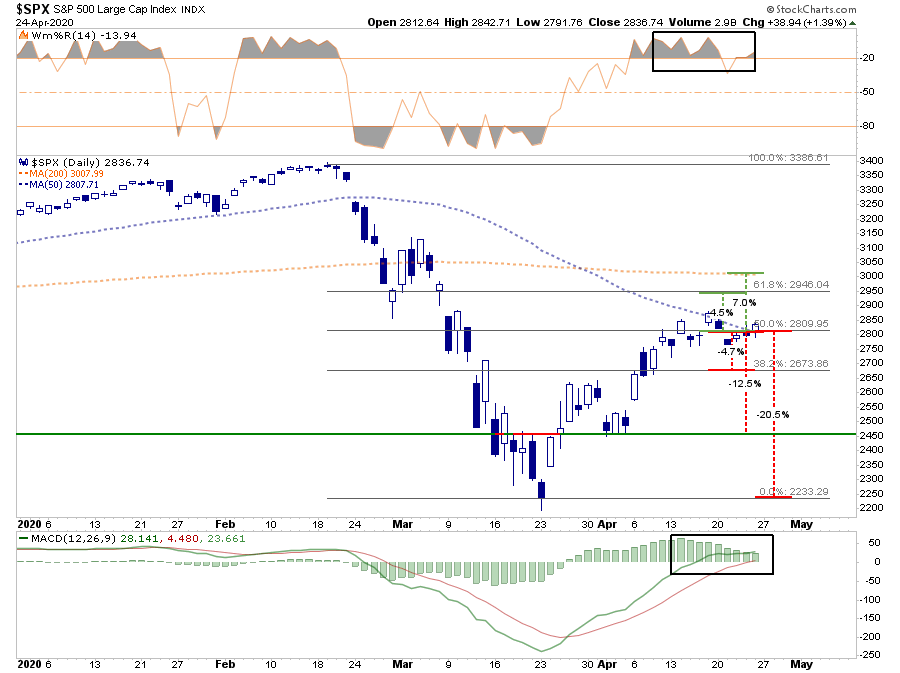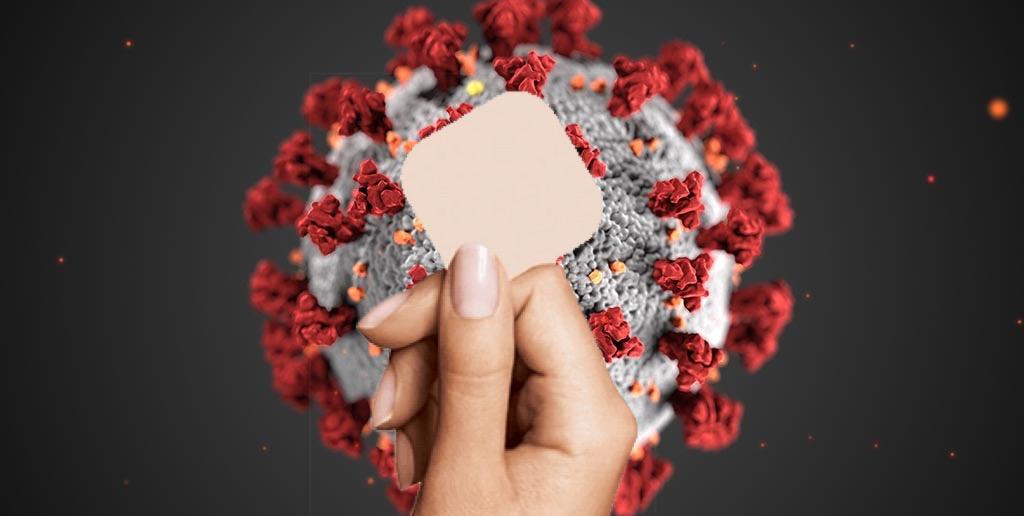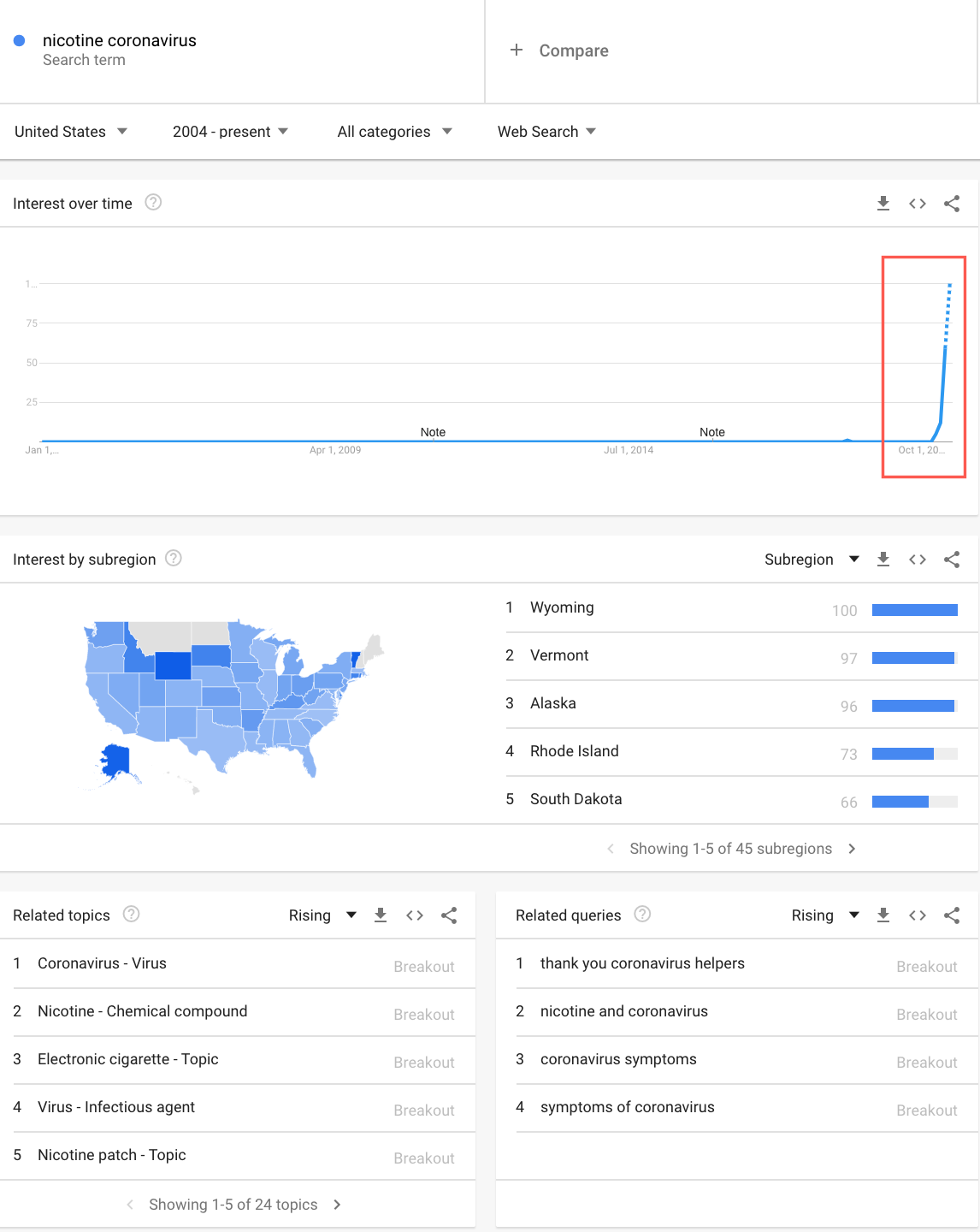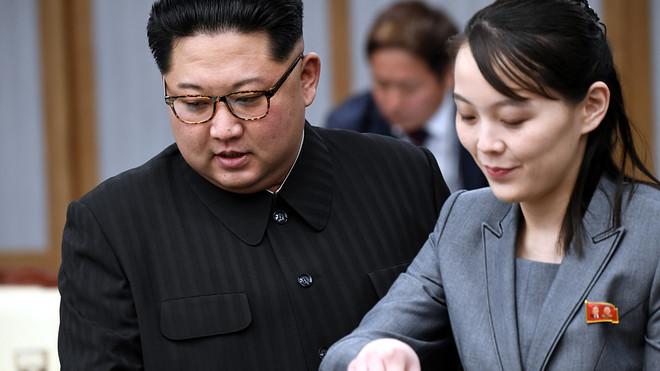How Does A Harvard Professor Think It’s “Authoritarian” To Allow Parents To Teach Their Kids?
Authored by Katherine Tempf via NationalReview.com,
Harvard University law professor has called for a “presumptive ban” on homeschooling — claiming that the freedom to do so under our current laws is “authoritarian.”
“The issue is, do we think that parents should have 24/7, essentially authoritarian control over their children from ages zero to 18? I think that’s dangerous,” Elizabeth Bartholet said in an interview with Harvard Magazine.
“I think it’s always dangerous to put powerful people in charge of the powerless, and to give the powerful ones total authority.”
Bartholet stated that there is “an essentially unregulated regime in the area of homeschooling,” with “very few requirements that parents do anything.”
“[P]eople can homeschool who’ve never gone to school themselves, who don’t read or write themselves,” she said.
Bartholet also stated that homeschooling can make it easier for parents to get away with abusing their children and/or indoctrinating them with white supremacy and misogyny:
[I]t’s also important that children grow up exposed to community values, social values, democratic values, ideas about nondiscrimination and tolerance of other people’s viewpoints.
I do not, of course, want to minimize the absolute horror of child abuse. It’s disgusting; it’s heartbreaking; and anyone who isn’t a sociopath agrees that it’s necessary to protect our children.
Unfortunately, however, it’s also true that abuse is hardly something that can occur only in a child’s home. In fact, as Harvard grad and homeschooler Kerry McDonald pointed out in a letter to Harvard Magazine in response to its article, “many parents choose to homeschool their children to remove them from abuse at school, whether it’s widespread bullying by peers or, tragically, rampant abuse by teachers and school administrators themselves.”
“Banning homeschooling, or adding burdensome regulations on homeschooling families, who in many instances are fleeing a system of education that they find harmful to their children, are unnecessary attacks on law-abiding families,” McDonald continues.
What’s more, another of Bartholet’s suggestions — that the freedom to homeschool equals masses of children being painfully undereducated by illiterate parents — is as offensive as it is inaccurate. In fact, many, many children don’t simply receive an adequate education through homeschooling but an exemplary one that sets them up for greater success than any traditional school could have. As McDonald pointed out in her letter, although “there may always be outliers and more research is needed, most peer-reviewed studies on homeschooling outcomes find that homeschoolers generally outperform their schooled peers academically, and have positive life experiences.”
In any case, and even apart from all of this, Bartholet’s characterization of the freedom to homeschool as “authoritarian” is nothing short of absurd. A government allowing its citizens the freedom to educate their own children is not only not authoritarian, it is also the exact opposite of authoritarian. That’s a fact, and you don’t even need to know the first thing about homeschooling to understand that — really, you just need to know what the word means.
In terms of knowing about homeschooling, though, I can also say that I personally do know more than the average person.
I was homeschooled for fourth and fifth grade, and can confidently say that the two years I spent with my father as my teacher were responsible for countless positive outcomes in my life — ones that I wouldn’t have had otherwise. For example: Before I was homeschooled, I was struggling to learn math the way that the public school had been teaching it, and getting the chance to learn some fundamentals in a way that worked for my own particular brain was instrumental in making the subject much easier for me in the future.
But that wasn’t all. See, unlike math, I loved reading and writing. Those subjects had always come easily to me, and I enjoyed them. Homeschooling provided an advantage for me in this area, too. It allowed me to learn advanced aspects of grammar. I had the liberty to read works of literature that I wouldn’t have studied in a traditional school because they would have been “above” the designated level for my classroom. I wrote poetry and short stories about subjects of my own choosing. When I returned to public school in the sixth grade, the English lessons were things that I’d already learned — but fortunately, having had the opportunity to develop a love of writing and curiosity about books is something that kept me reading and writing what I wanted in my own time. Hell, I’m still doing it now.
Finally, it’s also patently ignorant how Bartholet aims to use the fact that children must be exposed to varying viewpoints and people while they’re growing up as some kind of argument against homeschooling. McDonald states that “research on homeschoolers finds that they are tightly connected with their larger community and may have more community involvement and participation in extracurricular and volunteer activities than schooled children due to their more flexible schedules and interaction with a wide assortment of community members,” and I’m not surprised. In fact, this was my experience exactly.
I mean, does Bartholet think not attending a traditional school somehow means that I never left the house at all? Because honestly, that couldn’t have been less true. I was quite active in my community, even participating in activities such as Girl Scouts with my friends from public school. I didn’t miss out on any of that.
In fact, I was actually exposed to far more experiences and perspectives specifically because I was homeschooled. I was able to act in community theater plays at multiple venues, interacting with all kinds of interesting people from various walks of life, without having to worry that a late-night dress rehearsal would make me too exhausted to learn in the morning because my schedule revolved around me. For the same reason, my family was able to take a random trip to New York City to see my father’s friend’s play — and within hours of arrival, I decided I was definitely going to move here when I grew up and work either on a stage, in front of a camera, or both. I had the luxury of learning from truly transformative, unique experiences, ones that I certainly wouldn’t have had if I’d been forced to spend that time square dancing in a gymnasium.
Harvard Magazine points out that “rapidly increasing” numbers of Americans are choosing to homeschool their children. (By “choosing,” by the way, I mean that this was true before coronavirus essentially forced this lifestyle on everyone.) Bartholet apparently sees this as some kind of tragedy that will lead to a future generation full of sexist Nazis who don’t know how to read, but this simply isn’t fair. No, homeschooling isn’t perfect for everyone, but it can and has worked uniquely well for many people, myself included. We shouldn’t be taking that option away, and certainly not in the name of stopping authoritarianism.
It isn’t hard to see how completely a**-backwards that “logic” is — after all, even a former homeschooler like me was able to figure it out.
Tyler Durden
Sun, 04/26/2020 – 13:25
via ZeroHedge News https://ift.tt/35eti5m Tyler Durden
